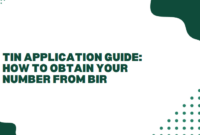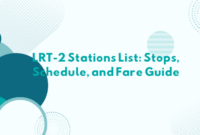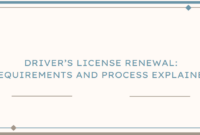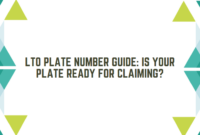Getting a UMID card through the Social Security System (SSS) is a practical way to streamline your transactions with various government agencies in the Philippines. This four-in-one identification card consolidates key information from SSS, GSIS, PhilHealth, and Pag-IBIG, making it one of the most versatile IDs you can own. Whether you’re a newcomer to the workforce or someone looking to replace a lost ID, the process is designed to be simple, ensuring that more people can access its benefits without hassle.
In this guide, you’ll learn everything you need to know about how to get a UMID in SSS, including the necessary requirements, step-by-step instructions, and helpful tips to make the application process smoother. By following these steps and preparing your documents ahead of time, you can avoid common pitfalls and enjoy a faster experience. So, if you’re ready to simplify your government dealings, read on to get your UMID with ease!

Long gone are the days when multiple IDs were necessary for completing government transactions. The introduction of the Unified Multi-Purpose Identification (UMID) card is a game-changer, simplifying the process for Filipinos. This card consolidates information from several government IDs, such as those from the Social Security System (SSS), PhilHealth, Pag-IBIG, and the Government Service Insurance System (GSIS), acting as a “master key” for government services.
Thanks to its efficiency, many Filipinos now eagerly apply for a UMID card at SSS and GSIS branches. If you’re an SSS member seeking to get your UMID card, this guide will walk you through the essential steps to apply successfully.
What is the UMID Card?
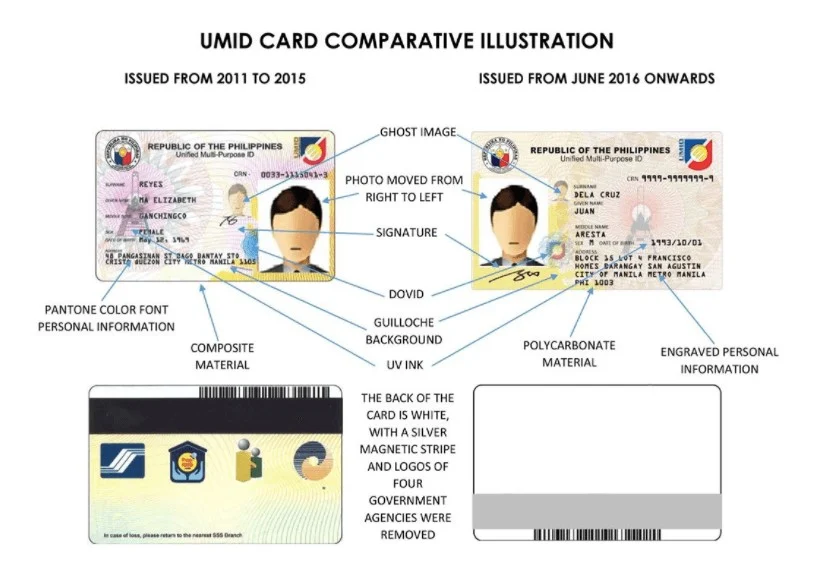
The Unified Multi-Purpose Identification (UMID) card is a versatile government-issued ID that simplifies transactions with key agencies like SSS, GSIS, PhilHealth, and Pag-IBIG. Acting as a four-in-one card, the UMID offers Filipinos a more convenient way to access government services without the need for multiple IDs. Its widespread acceptance makes it one of the most valuable forms of identification for various official purposes in the Philippines.
What sets the UMID apart is its user-friendly application process, which is far less complicated than obtaining a passport. Even new workers entering the job market can easily apply for this ID, making it an essential tool for those needing access to government services quickly and efficiently.
Who is Eligible to Apply?
Before jumping into the application process, you must confirm your eligibility. You can apply for the UMID card if:
- You are an active SSS member with at least one posted contribution.
- You lost your UMID card.
- You need to update your card due to a name change or correction of personal details.
For individuals who applied for their SSS number online, onward, there are a few key points to remember:
- You do not need to fill out the UMID application form.
- You only need to schedule a biometric data capture appointment through the My.SSS Appointment System. Ensure you
- bring the printed SS Number application and transaction number slip on the day of your appointment.
If you prefer a manual application, keep in mind that the Branch Number Coding Scheme will apply.
UMID Card Requirements
One of the most appealing aspects of applying for the UMID card is the minimal documentation required. You’ll need the following:
- A fully completed UMID application form.
- A primary valid ID such as:
- Driver’s license
- Passport
- PhilID Card
- Seaman’s Book
- Social Security 2D Barcode ID Card
- Voter’s ID
- Alien Certificate of Registration
- Postal ID
- NBI Clearance
- Firearm Registration ID If you lack any of the above, submit two IDs with your signature, one of which must have your photo.
Where to Apply for a UMID Card
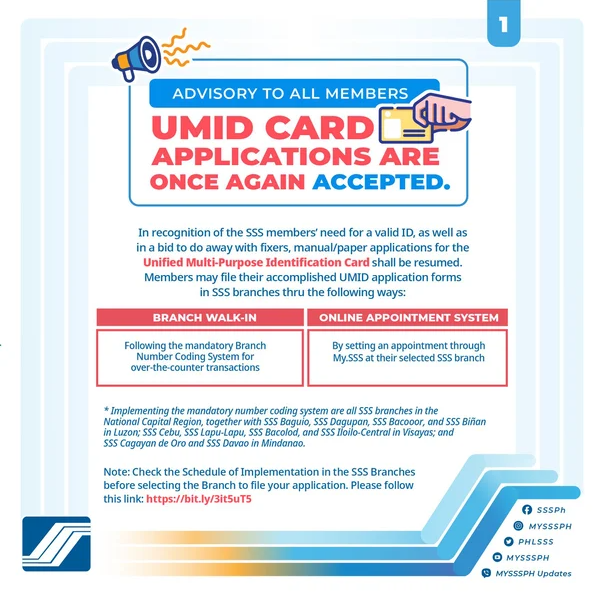
You can apply for your UMID card via two channels:
- Online through your My.SSS account, where you’ll book an appointment for biometric data capture at an SSS branch.
- Offline at an SSS branch equipped with a UMID enrollment facility.
Steps to Apply for a UMID Card
Step 1: Schedule Your Appointment To begin your UMID application, choose whether to schedule an appointment online or visit an SSS branch. Online scheduling is available via the My.SSS portal. For walk-in appointments, check if the SSS branch has a UMID enrollment facility. Keep in mind that SSS branches follow a Branch Number Coding system based on the 10th digit of your SS or Employer ID.
Step 2: Submit Your Requirements On your appointment day, bring all required documents and original copies of your IDs. An SSS officer will verify your records and documents.
Step 3: Pay the Replacement Fee (If Applicable) If you’re applying for a replacement UMID card, you’ll need to pay a fee of ₱200 at an accredited collecting partner, such as Bayad Center. Keep the receipt and present it during your application.
Step 4: Biometric Data Capture During your appointment, proceed to the biometrics booth to have your photo, digital signature, and fingerprints taken. Be sure to verify your personal details before leaving.
Step 5: Wait for Your UMID Card Once processed, the UMID card will be ready within approximately 30 days. Due to potential delays, notifications will be sent via SMS or email once the card is available for pick-up.
Frequently Asked Questions (FAQs)
- Are the UMID and SSS ID the Same? No, they are different. The UMID card replaced the old blue SSS ID issued before the UMID system was introduced.
- Does the UMID Have an Expiration Date? The UMID card is valid for life. If lost or damaged, you’ll need to apply for a replacement.
- What is the CRN? The Common Reference Number (CRN) is a 12-digit number linking the SSS, GSIS, Pag-IBIG, and PhilHealth ID systems, found on the upper right corner of the UMID card.
- What If I Don’t Have a Primary ID? You can submit two secondary IDs, both bearing your signature, and one with your photo.
- How Much Does a UMID Card Cost? First-time applicants don’t pay anything, but replacements cost ₱200.
- How Do I Replace My UMID Card? Visit your SSS branch and bring your old SSS or UMID card.
- How Can I Check the Status of My Application? You can track your application via email or the My.SSS portal.
- Can Someone Apply for My UMID on My Behalf? No, avoid fixers. Only SSS can issue UMID cards.
- What is the UMID ATM Pay Card? A UMID card issued by RCBC and UnionBank also serves as an ATM card, allowing users to access SSS benefits and loans.
Final Tips for UMID Applicants
- Prepare in Advance: Complete the UMID application form before visiting the SSS branch to reduce wait times.
- Ensure Accuracy: Double-check all personal details on your form and during biometrics capture.
- Dress Appropriately: Wear proper attire and remove any accessories that could interfere with your photo.
- Observe Safety Protocols: Continue to follow health protocols by wearing a mask and bringing your own pen to the appointment.
Conclusion
Goldpriceph.com – The UMID card provides a range of advantages, particularly by streamlining the need for various government IDs and making transactions with agencies more efficient. By combining several key government services into one card, it eliminates the hassle of managing multiple identification cards. Whether you need to interact with SSS, GSIS, Pag-IBIG, or PhilHealth, the UMID card serves as a convenient all-in-one solution, allowing for quicker and smoother processing of essential transactions.
Now that you’re familiar with the steps and requirements for obtaining your UMID card, it’s time to set your appointment. Ensuring that all your necessary documents are complete and accurate will help avoid delays and make the application process more efficient. Having everything in order will allow you to enjoy the benefits of this powerful ID card without unnecessary complications.
